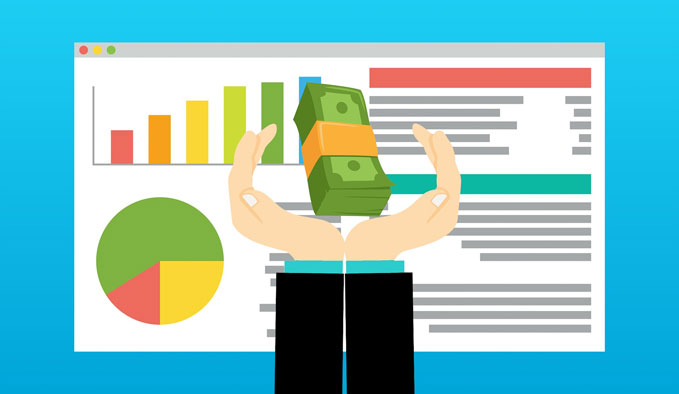What you must know about Credit Loan for the first time in the U.S.

Getting a loan in the United States is not a simple matter. If you are applying for a home loan or refinancing for the first time, this article will benefit you greatly. You will learn how to calculate the DTI and give yourself a pre-approval. Understanding loan approval will save you a lot of time and effort in going around to banks and will also help you pinpoint the right home for you!
There are simply 5 steps to buying a home loan in the US, if you are refinancing step 2 can be omitted.
1. Pre-approval of the loan (if you are buying a Condo, Coop, or building, you will also need to be pre-approved)
2. Start applying for a loan after the purchase contract becomes effective
3.Appraisal of the house, title search
4. Underwriter approves the loan and issues a loan commitment letter.
5. Closing, Loan Closing
Loan Bank vs. Loan Banker vs. Loan Intermediary
All large savings banks in the United States have loan services, such as Chase Bank, Bank of America, Wells Fargo, Citi Bank, TD Bank. Banks have good interest rates on their loan products, but sometimes they are slow and inconvenient to contact loan officers. Mortgage Banker has its own loan products, fast approval, can make their own decisions on loan approval, and has dedicated loan officers. Mortgage Broker only sells loan products and does not have the power to approve loans themselves. Most online lending companies belong to mortgage banker or broker.
When is it appropriate to get a bank loan?
– You have a lot of money in the bank (millions of dollars in savings after buying a house), citizenship, tax records, and good credit
– When buying a new condo, you should give priority to the building’s partner bank.
When is it appropriate to go to a loan banker/broker?
– Apply for a refinance, especially a cash out refinance. many big banks have restrictions on cash out refinance, especially for investment properties
– Second home loans, refinancing
– Need to close quickly
– Need special products, such as short loan term, interest only, 3.5% down payment loan
– Foreigner loans
– LLC company name home purchase loans
– No tax return check/income loan
– Rejected by bank, not satisfied with bank service
What is a pre-approval letter?
There are two types of pre-approval letters, one is called pre-qualification and the other is pre-approval. The former is granted by the lending company or bank by simply asking about the borrower’s income and credit status, while the latter requires a detailed analysis of the borrower’s financial situation and the general condition of the property before it is granted. There are many loan companies and even big banks in the market that promise loans without problems by ignoring a thorough understanding of the borrower, which eventually leads to serious financial losses for the borrower. So having some knowledge of loans is a must. I can usually give a pre-approval letter within 24 hours, except in cases where the lender has more than 300 pages of tax returns or where the property is complex.
The following documents are required for a pre-approval of a home purchase loan or refinance.
Lender documents: the last 2 years of tax returns (calculate income, expenses, liabilities)
Latest month’s paystub (to verify salary and income)
1099 tax filers need to provide the company’s profit and loss statement for the year
Credit report (credit report with credit score from 3 major credit companies is required. Review credit, expenses, liabilities)
Condo, Coop documents:
Condo or Coop Questionnaire (most important)
Profit and loss statement for the last two years of operation of the building
Building operating budget for the current and next two years
Building insurance contract
DTI is an important indicator of whether the loan will be approved or not
One of the most important indicators of a lender’s ability to obtain a loan is the DTI (Total Debt/Income Ratio) DTI = total monthly debt payments / total monthly income of the lender DTI generally needs to be less than or equal to 43% before the bank or lending company can lend. If it is higher than 43% additional conditions need to be met in order to get a loan. People can use 43% as the standard.
What debts and expenses need to be taken into account?
1. Home debts and fees (all of the following are monthly fees) Note: If you are refinancing the loan, use the current loan repayment fees to calculate, if the lender has multiple properties, they need to be included, including commercial properties. :
– Mortgage principal and interest repayments
– Real estate taxes – Homeowners insurance premiums
– Condo management fees (if any)
2. Non-housing debt (monthly fees):
– Credit card monthly minimum payment
– Car loan/car rental fees
– Tuition loans
– Any monthly debt that cannot be cancelled (personal or personally guaranteed company debt) *Excluding living expenses such as utilities, gas, car gas, etc.














